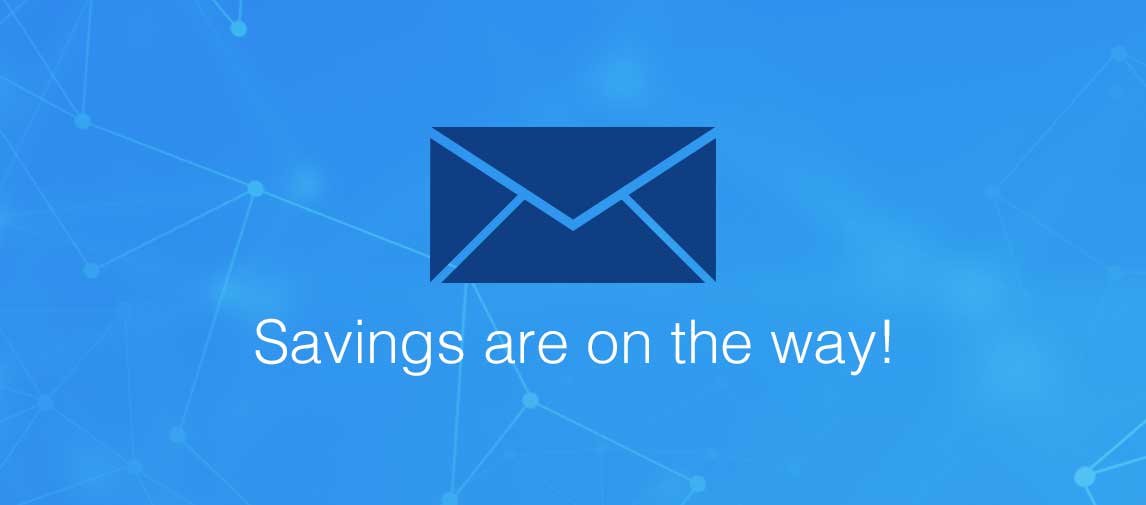title
Please take a moment to fill out this form. We will get back to you as soon as possible.
All fields marked with an asterisk (*) are mandatory.
System Operators Training Courses
System operators play a crucial role in mainframe operations. Whether you're a beginner or experienced, our training courses provide a path to mastery. Learn the facilities and best practices for your z/OS implementation.

Course List
-
New Functions and Features in Db2 for z/OS (v13)
CV321G
Learn about the new features and enhancements of Db2 for z/OS (v13), including the technical detail of the functional enhancements . . .
- Duration: 24 Hours
- Scheduled Classes : 10 Scheduled Classes
- Delivery Format: Classroom, Virtual
-
Fundamental System Skills in z/OS
ES10G
This course is designed to teach you the fundamental practical skills to navigate and work in a z/OS environment.This includes . . .
- Duration: 40 Hours
- Scheduled Classes : 10 Scheduled Classes
- Delivery Format: Classroom, Virtual
-
IBM z/OS Bootcamp
ESZ0G
This course is designed to give new hire IT professionals an introduction into the IBM Z environment. The IBM mainframe servers, . . .
- Duration: 80 Hours
- Scheduled Classes : 10 Scheduled Classes
- Delivery Format: Classroom, Virtual
-
CA 1 for JCL Users
ADCA-105
This course will introduce students to CA 1, the Tape Management System (TMS) from CA Inc. The purpose of CA 1 is explained, . . .
- Duration: 1 Day
- Scheduled Classes : 6 Scheduled Classes
- Delivery Format: Classroom, Virtual
-
Introduction to CA 1
ADCA-100
This course will introduce students to CA 1, the Tape Management System (TMS) from CA Inc. The purpose of CA 1 is explained, . . .
- Duration: 2 Days
- Scheduled Classes : 6 Scheduled Classes
- Delivery Format: Classroom, Virtual
-
Using CA 11
ADCA-110
This course will introduce students to CA 11, the Automated Recovery and Tracking System from CA Inc. The course serves . . .
- Duration: 1 Day
- Scheduled Classes : 6 Scheduled Classes
- Delivery Format: Classroom, Virtual
-
z/OS JCL and Utilities
ES07G
This course is designed to teach you how to use z/OS job control language (JCL) and selected z/OS utility programs in an . . .
- Duration: 36 Hours
- Scheduled Classes : 12 Scheduled Classes
- Delivery Format: Classroom, Virtual
-
z/OS VSAM and Access Method Services
SS83G
This course is designed to teach how to manage VSAM and non-VSAM data sets by coding and using the functions and features . . .
- Duration: 32 Hours
- Scheduled Classes : 4 Scheduled Classes
- Delivery Format: Classroom, Virtual
-
z/OS REXX Programming Workshop
ES52G
This course is designed to teach you the basic skills required to write programs using the REXX language in z/OS. The course . . .
- Duration: 36 Hours
- Scheduled Classes : 10 Scheduled Classes
- Delivery Format: Classroom, Virtual
-
z/OS JES2 Operator Training
ES28G
This course is designed to give the z/OS Operator personnel as well as entry systems programmers an overview about JES2. . . .
- Duration: 20 Hours
- Scheduled Classes : 10 Scheduled Classes
- Delivery Format: Classroom, Virtual
-
z/OS System Operators
ES27G
To provide an overview of the z Operating System (OS), look at the systems from both a hardware and software prospective, . . .
- Duration: 24 Hours
- Scheduled Classes : 10 Scheduled Classes
- Delivery Format: Classroom, Virtual
-
IBM z/OS 2.4 Update
ESC9G
This course is designed to teach students the new features and enhanced functions provided in z/OS Version 2 Release 4. The . . .
- Duration: 24 Hours
- Scheduled Classes : 10 Scheduled Classes
- Delivery Format: Classroom, Virtual
-
Introduction to Programming
LO-035265
Have you heard that computer coding is the ‘cool’ skill to have, but don’t know where to start? Or have you been working . . .
- Duration: 4 Days
- Delivery Format: Classroom, Virtual
-
z/OS Facilities
ES15G
This classroom course introduces the base elements, optional features, and servers that are provided in z/OS. It focuses . . .
- Duration: 36 Hours
- Scheduled Classes : 10 Scheduled Classes
- Delivery Format: Classroom, Virtual
-
z/OS System Engineer Boot Camp
MFCO-205
This z/OS System Engineer Boot Camp course is designed to provide students with the essential skills necessary to become . . .
- Duration: 30 Days
- Delivery Format: Classroom, Virtual
-
z/OS System Programmer Fundamentals
ES40G
This course is designed to describe the basic components that apply to all z/OS systems. It includes high level concepts . . .
- Duration: 32 Hours
- Scheduled Classes : 10 Scheduled Classes
- Delivery Format: Classroom, Virtual
-
z/OS System Services Structure
ES20G
This course presents the structure and control blocks of the z/OS BCP and system services. It prepares the new z/OS system . . .
- Duration: 36 Hours
- Scheduled Classes : 10 Scheduled Classes
- Delivery Format: Classroom, Virtual
-
We're sorry there are no current courses meeting your filters, but please contact a training advisor who can suggest alternatives aligned with your goals and interests.
Get Personalized Training Solutions
Need a personalized solution for your Training? Contact us, and our training advisors will guide you.
Need Help? We're Here!
Have questions about courses, instruction, materials covered, or finding the right fit? We're here to help!
Need more Information?
Speak with our training specialists to continue your learning journey.
Talk to our team






